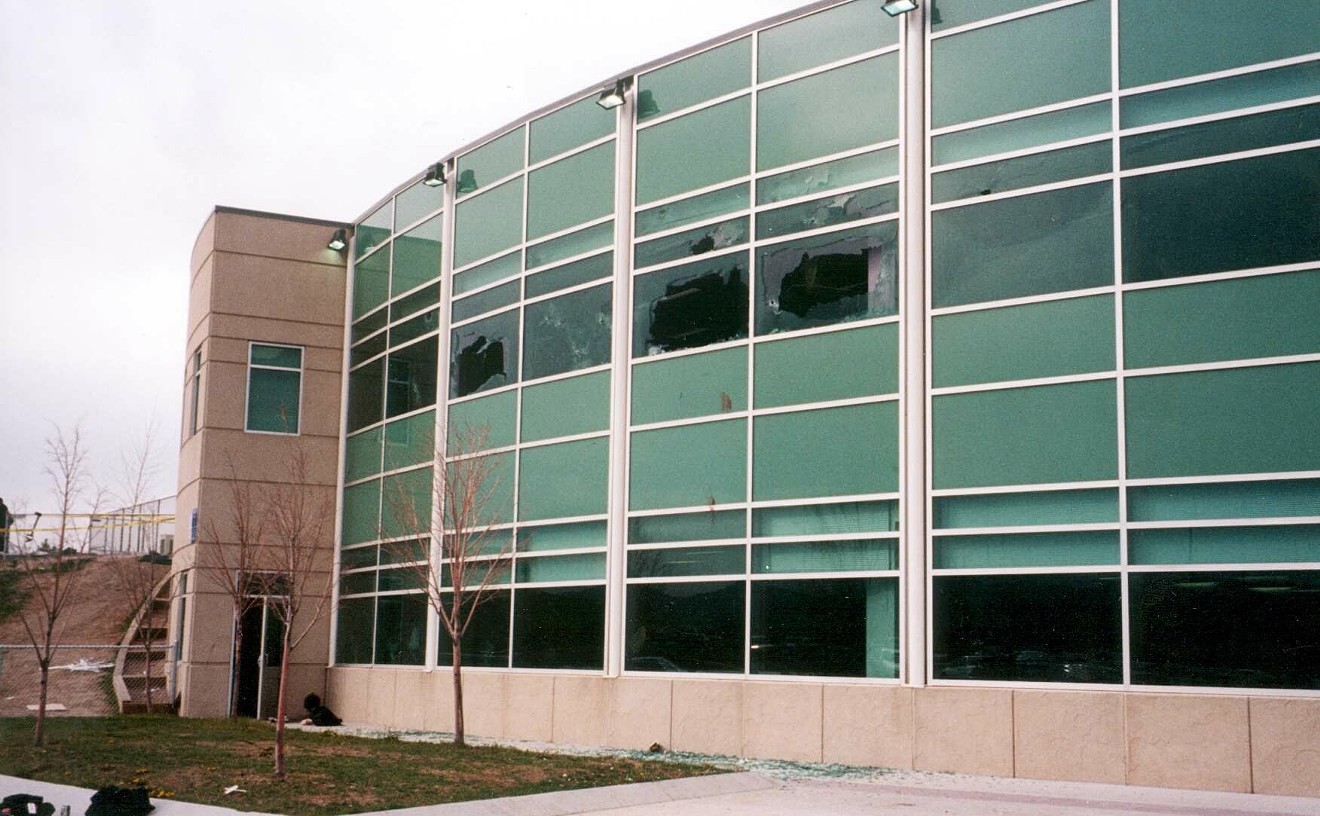But the MHASAs have taken a series of hits over the past few years. Slashes to the state Medicaid program, as well as a rebidding process that lowered their block allocations, have cut about $14 million from the agencies' total budget in the past two years. In response, the MHASAs have streamlined staff, reduced some programs and eliminated others altogether.
In the Denver metro area, MHASA referrals to residential treatment centers have declined as budgets have shrunk. According to the Colorado Department of Human Services, residential treatment center placements by the Jefferson Center for Mental Health, which serves Jefferson, Clear Creek and Gilpin counties, decreased by 65 percent between 2002 and 2003. During the same period, such referrals by Access Behavioral Care in Denver and Behavioral Healthcare Inc., which oversees mental-health services in Douglas, Arapahoe and Adams counties, declined by 20 and 29 percent, respectively.
"There has absolutely been a move away [from residential treatment centers]. We've seen some MHASAs that absolutely refuse to refer youngsters to RTCs," says Maryanne "Moe" Keller, a state senator who, as a member of the Colorado House in 1999, helped pass the Child Mental Treatment Act, which helps the families of underinsured children obtain care in residential treatment centers without turning to the courts. "They're hesitant to send a child up to one of the centers, because once he's there, he's there, and the expenses keep adding up.
"Sometimes the agency and the family can't agree on a diagnosis, and sometimes it's part of a philosophical idea to keep the child in the community, close to the home. That's an honest debate," Keller adds.
George del Grosso, executive director of the Colorado Behavioral Health Council, says the move away from residential treatment centers is motivated equally by the budget crisis and by new thinking regarding their effectiveness in treating such problems as reactive attachment disorder.
"The issue at hand is whether RTC placement is necessary because of a medical necessity," del Grosso explains. "In the past, RTCs were used for placement, and not necessarily because of some medical necessity. You could have a situation where someone is admitted for depression, or maybe they're suicidal or something along those lines. But once you've got them stabilized, maybe there's an outpatient alternative that would work better. One of our major plans is to create step-down placements -- intermediaries between hospitalization and RTC-type placements."
"You want to keep them as community-based as possible," says JoAnne Doherty, JCMH's vice president of mental-health operations. "The credo is to put each child in the least restrictive environment possible. And by doing that, you are also keeping your eye on the bottom line. The issues are all related."
"The MHASAs got cutbacks; they're finding ways to cut back expenses," says Mark Henningsen, a therapist who treated David Mallamo for two years. "From their standpoint, they're trying to treat people they can help. The funds aren't unlimited."
Residential treatment centers are used by the Colorado Division of Youth Corrections and county social-service departments, as well as the mental-health agencies; the Colorado Department of Human Services estimates that the state spends $52 million a year on residential treatment. But there are plenty of open beds at the 67 residential centers scattered around Colorado, and that's partly because of a growing debate over their effectiveness in treating mental illnesses. Both the counties and the MHASAs have minimized residential treatment centers in favor of therapeutic foster homes, where foster parents are licensed to provide an intensive level of care. Some therapists say that therapeutic foster care is more effective than a residential treatment center in dealing with reactive attachment disorder, which is an increasingly common disorder among young people in the child-welfare system. But others point out that out-of-home care is often accessed only after everything else has failed.
"Lots of RAD kids do well in a residential setting because they don't have the ability to blow out of it," says Henningsen. "There's a safety there that lessens the anxiety. They don't have to compete with a sibling. Maybe they just need to be successful in one area so that they can be successful in other areas. An RTC can offer some real therapeutic value for a kid like David. He can get some success. He can learn some life skills from people who aren't always emotionally triggered by him."
"For certain kids, RTC is ideal, because if you're not able to maintain them at home, they probably won't be maintained in foster care, because they're sort of parallel models," says Terry Rogers, executive director of the Lost and Found residential treatment center in Morrison, where David is now living. "At that point, your options are limited. He can't be in the home, can't be in foster care. He can't go to Youth Corrections because he hasn't done anything. And he's not bad enough to need hospitalization. If he can't get into an RTC, there's nowhere else for him to be."










